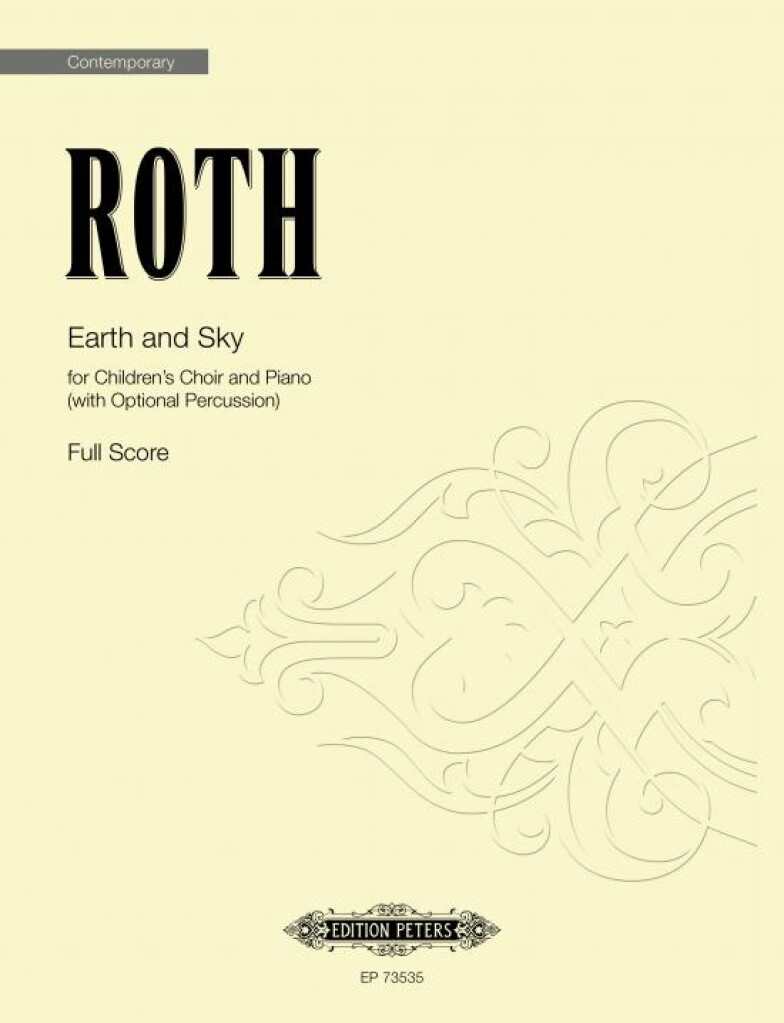Keaton Henson: The Tallowmere Annual (Book/MP3)
The Tallowmere Annual is a unique collection of words, sound, and ink paintings by musician and artist Keaton Henson . This hardback, special limited edition, mixed-media book tells the fragmented story of a town that never existed, Tallowmere, seemingly empty, showing only outlines of living things, words once spoken, and the sounds of distant mourning. The first of its kind, the book’s front cover holds an MP3 pack embedded with an audio jack for headphones and sound controls. Readers can plug in and listen to a recorded score created specially by Keaton as an accompaniment to reading the book and viewing the artwork. Visit www.welcometotallowmere.com for more information. Detailed Specification: Cover : Cased edition with scuff proof matt lamination, 4-colour with spot UV front and back. Insides: End papers: black, 140gsm uncoated wood-free paper, 128 pages, 157 gsm matt art paper in sewn sections Original artworks created by Keaton: India ink on paper. Black and white striped head and tail bands. Battery pack features: Embedded in cardboard panel on front inside cover, 3x AAA batteries supplied with each pack, removable batteries, On/off switch. Audio playback features: Audio chip has play/stop button and volume controls, audio lasts for approx. 20 mins, audio jack to be inserted centrally into the bottom of the cased cover.


















